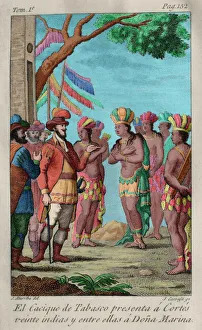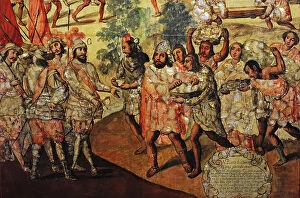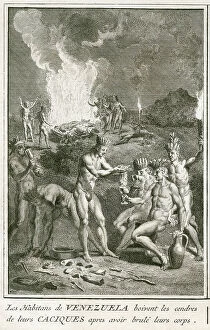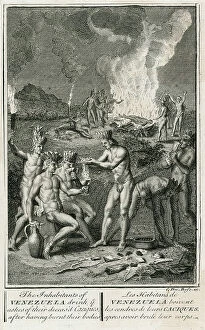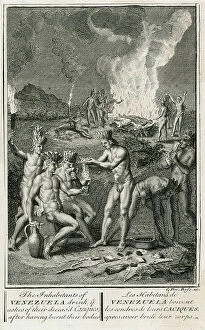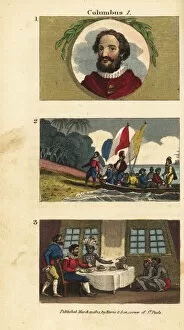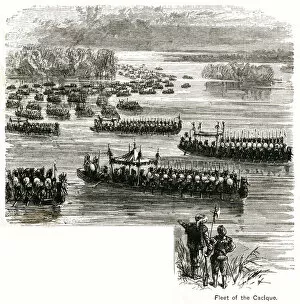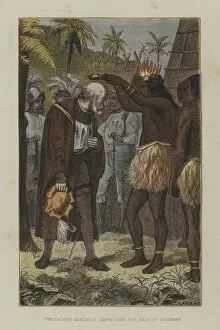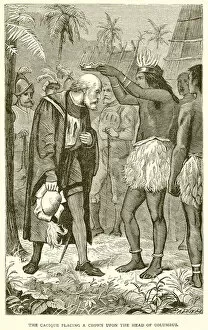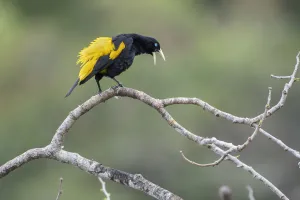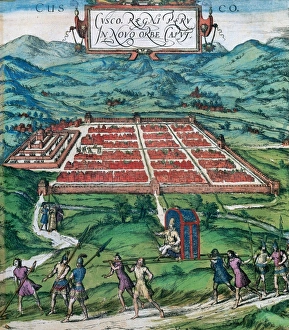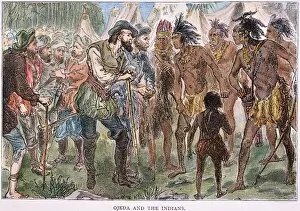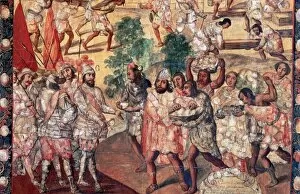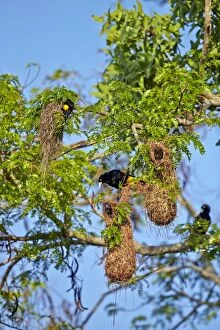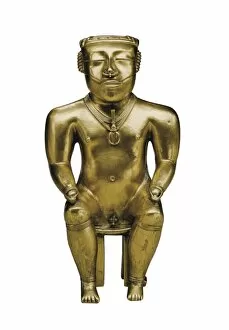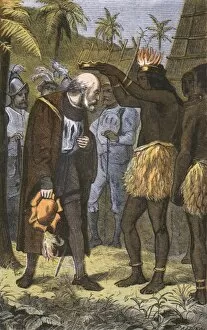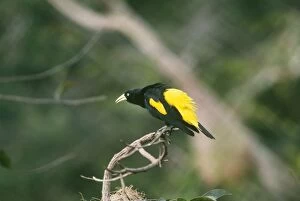Cacique Collection
The term "cacique" holds a significant historical and cultural weight in the context of Latin America
All Professionally Made to Order for Quick Shipping
The term "cacique" holds a significant historical and cultural weight in the context of Latin America. From the conquests led by Hernan Cortes to the indigenous tribes of Venezuela, this title represents power, mourning, magic, and even death. In Tabasco, during the Conquest of Mexico in 1519-21, Hernan Cortes was presented with twenty Indigenous people by the cacique of Tabasco. This encounter marked a pivotal moment in history as it signified the clash between European colonizers and native civilizations. Moving on to Venezuela, we discover that caciques played a crucial role within their communities. They were revered figures who possessed deep knowledge of Venezuelan traditions and rituals. Drinking ashes from deceased individuals was one such tradition associated with these leaders - an act that symbolized respect for ancestors and connection with spiritual realms. However, not all stories surrounding they are celebratory. The mention of death is intertwined with their legacy in Venezuela. Perhaps it serves as a reminder that even great leaders meet their inevitable fate eventually. Traveling further south to Peru's Cusco region in 1576, we find evidence of how widespread this title was across different regions. Don Diego de Mendoza Austria Moctezuma held the position in Tlatelolc - showcasing how diverse cultures adopted similar leadership structures throughout Latin America. In Cuba's history lies another tragic event involving Hatuey - a chief who resisted Spanish colonization but ultimately met his demise at their hands in 1512. This engraving depicts his burning at Yara and serves as a haunting reminder of the violence inflicted upon indigenous peoples during this era. Lastly, we come across a ceramic figure from Guatavita, Colombia dating back to 1887. It portrays a bust representing yet another cacique - highlighting how deeply ingrained this leadership role was within pre-colonial societies across Central and South America.

